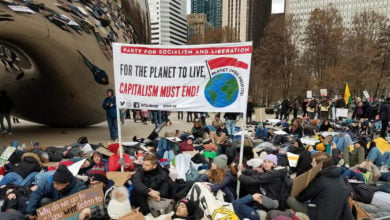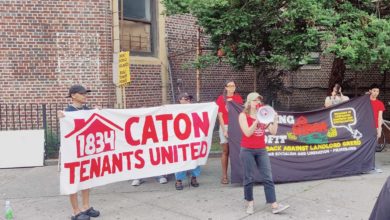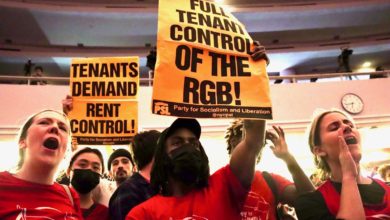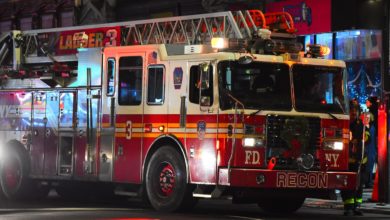Across the United States, more and more young people are forced to sleep in cars, on the street and in homeless shelters as the economic crisis leaves them with nowhere else to turn. The impact of the capitalist economic crisis on young adults has been particularly severe. Young people under the age of 25 who are looking for work now face the highest unemployment rate of all adults—16 percent. The number is even higher for Black and Latino youth.
Many unemployed youth have college credits and work histories, but prospects are shrinking for those who have left home for higher education or an independent life as a worker. In addition to higher unemployment rates, young adults face low-paying and dead-end jobs, which are less likely to be full-time and provide adequate wages to pay for housing. In competition with older, more experienced workers, young people are often the first to be fired and lack job security.
Tuition hikes and financial aid cuts have made college education unaffordable for many working-class youth. Even for those youth who have earned a bachelor’s degree, roughly 1.5 million of those—or 53 percent—were underemployed or jobless in 2011.
City agencies and homeless advocates in major cities describe a dramatic increase in the number of young adults facing homelessness.
The “invisibility” of homeless young people makes determining their exact numbers difficult. Few cities have attempted to study the problem in detail, but the studies that do exist show definite increases and a severe lack of shelters and resources. A Los Angeles study found that the city had shelter capacity for only 17 percent of youth without a home.
Beyond the rising numbers seeking assistance from traditional homeless shelters, more youth find temporary housing with friends or relatives, or simply sleep outdoors or in cars. Some young people may be hesitant to seek services from traditional shelters, while others may not be aware such resources exist.
The few shelters that exist are not designed to meet the unique needs of homeless young adults. Shelters and services, already underfunded and overwhelmed, are largely intended to assist families with dependent children and older adults. Young people who need education, skills training and counseling as well as a place to sleep have few options and are often turned away from shelters that are already full.
While some young people turn to their parents and families for support and shelter, many do not have that option. Many parents themselves are also unemployed or underemployed and struggling to make ends meet. It can be embarrassing to move back home, but it can be devastating when moving back home is not an option.
LGBT youth experience particular hardship, often because of family rejection. It is estimated that as many as 40 percent of homeless youth are LGBT.
Statistics show that in 2011 1 million school-age children experienced homelessness. The Obama administration in that same year set a goal for ending youth homelessness by 2020, thus conveniently pushing off to the distant future the deadline for a desperate, yet completely resolvable, need.
Experiencing homelessness early in a young person’s life compounds other economic and social problems, and makes it even harder to rebound. The lack of a permanent address, for instance, makes the job hunt even more difficult.
With housing, education and the opportunity to work, young people would be the most productive sector of the population. Instead, their potential is largely wasted as they struggle to survive.
A system that forces young people onto the streets instead of offering them opportunities to grow and contribute is truly a heartless, wasteful and criminal system.





